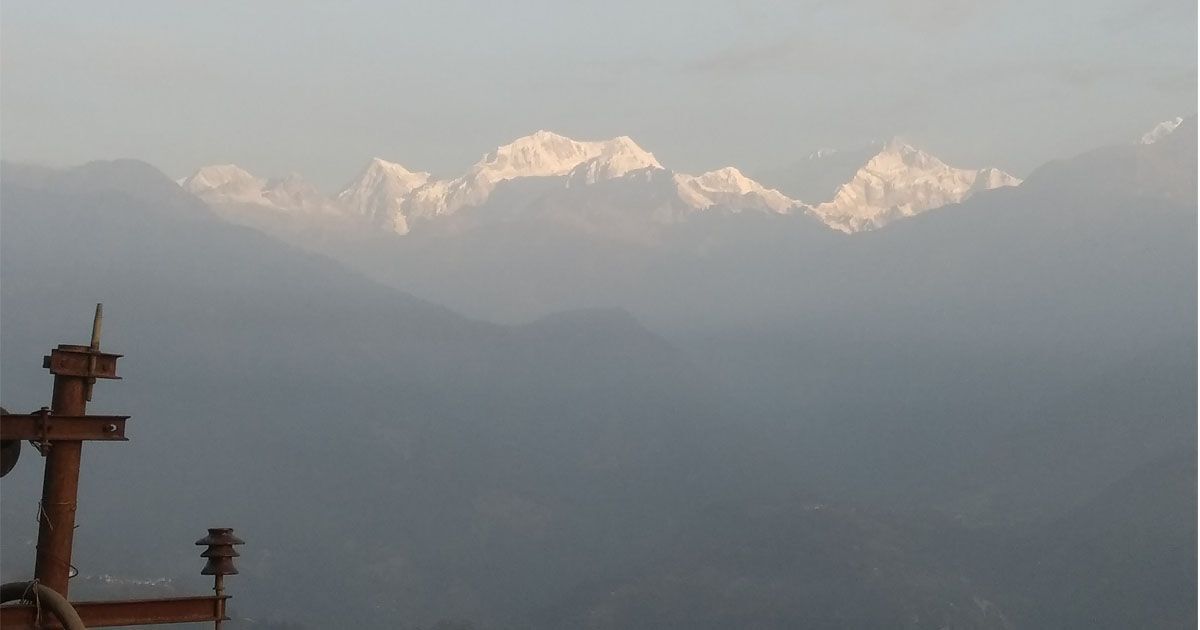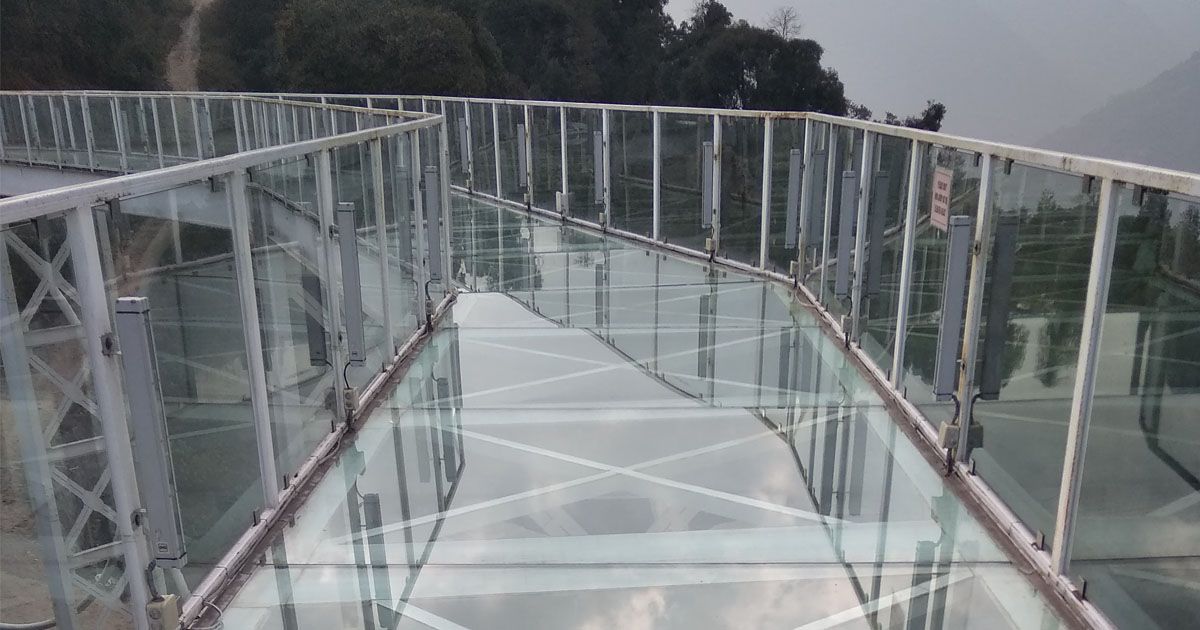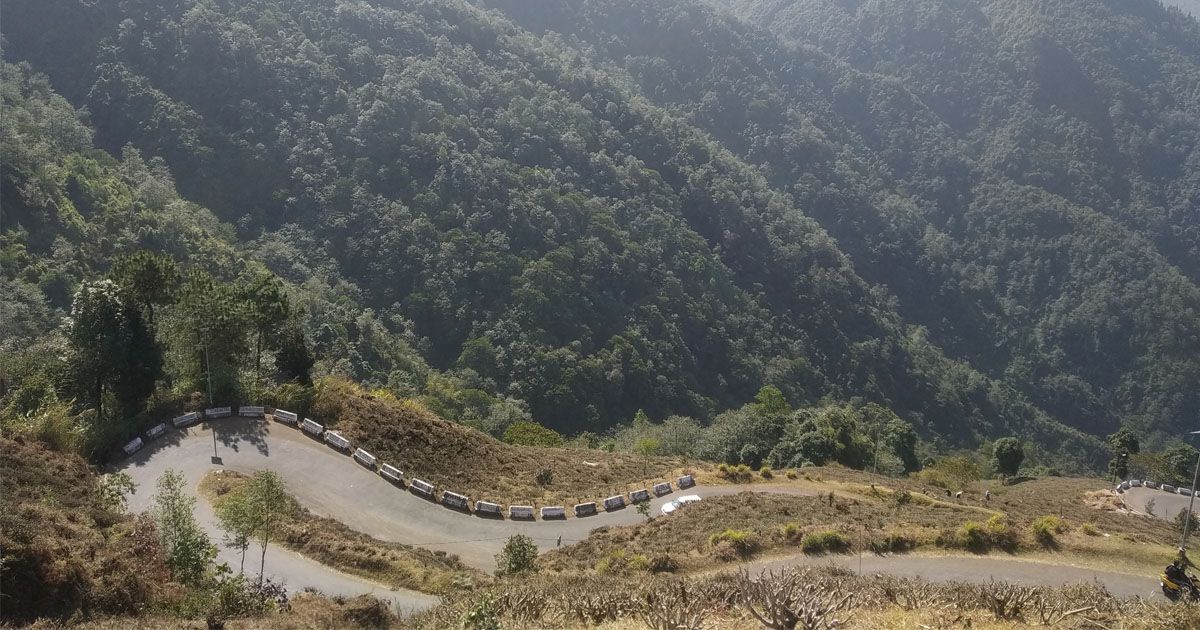
Nabajyoti Bhuyan
As travel restrictions are gradually being relaxed, we planned a road trip to Pelling and Darjeeling in February.
We headed towards Darjeeling via the Coronation Bridge. We took the short route to Darjeeling via Mongpo instead of the regular Hilkart Road. After a four-hour drive, we reached our hotel which is located in a serene environment outside Darjeeling town. That day, we visited the Heritage Himalayan Railways, the Darjeeling station, and roamed around the town.
Next morning, we visited the Peace Pagoda. Here, four avatars of Lord Buddha have been showcased which glorify peace and non-violence. Our next destination was Rock Garden and Ganga Maya Park, en route these places, we caught a glimpse of the Orange Valley Tea Garden. The distance of this place from Darjeeling town is about 10 kms. It is located in a valley downhill from the main Hill Cart Road. Below the Rock Garden, Ganga Maya Park is located; both these places are meant for tourist’s recreation. Next, we visited the Padmaja Naidu Himalayan Zoological Park. The main attraction of this zoo is the Red panda and snow leopard. The Himalayan Mountaineering Institute, founded in 1954 by Tenzing Norgay after conquering the Everest, is also located near the zoo.

Our next destination was Pelling which is nestled at an altitude of 2,150 m, in West Sikkim. It is only 10 kms away from the district headquarter town – Geyzing. We took the Jorethang highway from Darjeeling and reached there after a four-hour drive. You are guaranteed to get enchanted by the alpine vegetation here. Numerous waterfalls and monasteries are lined up all over the place. After a quick lunch, we went to see India’s first glass skywalk. It is located at a height of 7,200 ft above the sea level and is surrounded by the snow-capped Himalayas. Along with the skywalk, there is a 137-ft-tall ‘Chenrezig’ statue which symbolises the sympathy of Lord Buddha. In the same route, there is a helipad from where one can enjoy a breathtaking panoramic view of the Kanchenjunga. One of the oldest monasteries of Sikkim, the Sanga Choeling Monastery has been built according to the Tibetan style of architecture. Sang Ngag Choeling means ‘The Land of Divine Teaching’ and belongs to the Nyingmapa order of Vajrayana Buddhism. It was founded in 1642 AD, later it was rebuilt in 1714 AD and renovated in 1966.

Next day, we took the Rimbi Road and headed towards Darap village. This place is culturally rich and is emerging as a popular destination for home-stays. Next, we passed the Rimbi River and Rimbi Waterfall. After some time, we reached a point from where the road bifurcated into two ways – one goes to Kanchenjunga Waterfall and the other one to Khecheopalri Lake. We decided to visit the lake first. The place is serene and is believed to possess divine powers. After driving through the rocky but scenic path, we reached the Kanchenjunga Falls. After a few minutes here, we again started our journey to Yuksom – the heritage town of Sikkim. We drove to Yuksom town through the Kanchenjunga National Park, which is the abode for snow leopards, musk deer, Himalayan tahr, etc., and is regarded as the ‘mixed heritage site’ of India. Yuksom is famous for its monuments and was the first capital of Sikkim during Chogyal (King) dynasty, and is also the base camp for trekking to Mount Kanchenjunga. It was established in 1642 by first Chogyal of Sikkim. Throne of Norbugang is the famous coronation throne of the first Chogyal of Sikkim. The Chogyals had ruled this Himalayan Kingdom for 333 years.
After spending a week amidst Nature’s nest, like every good thing, our journey also came to an end. We left with some wonderful memories which I will treasure for life.
